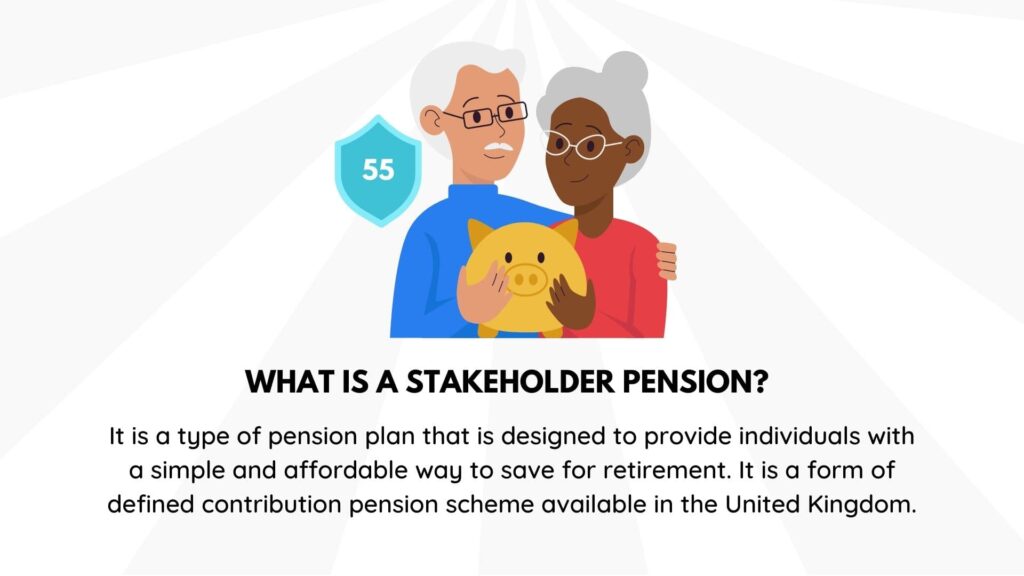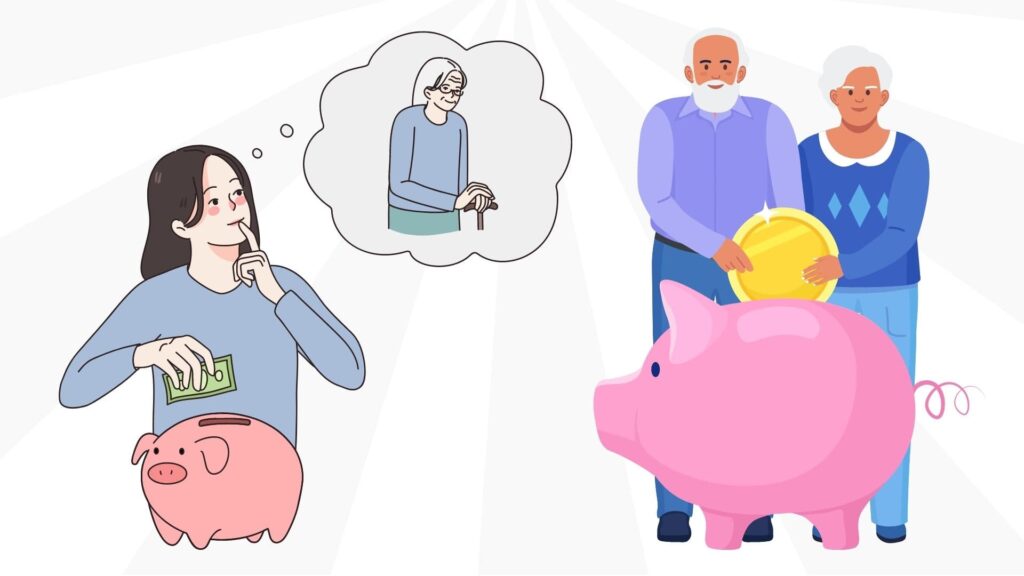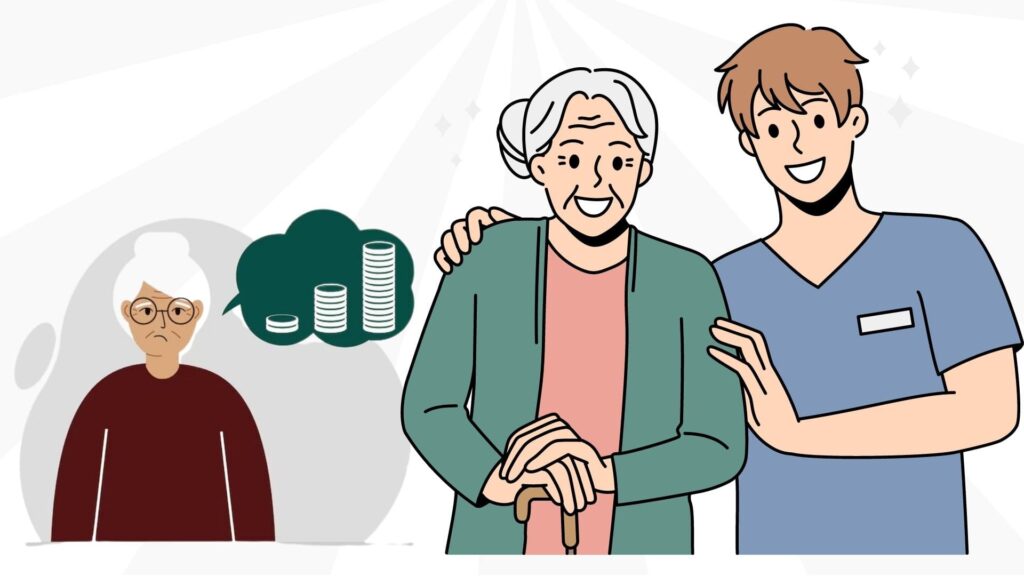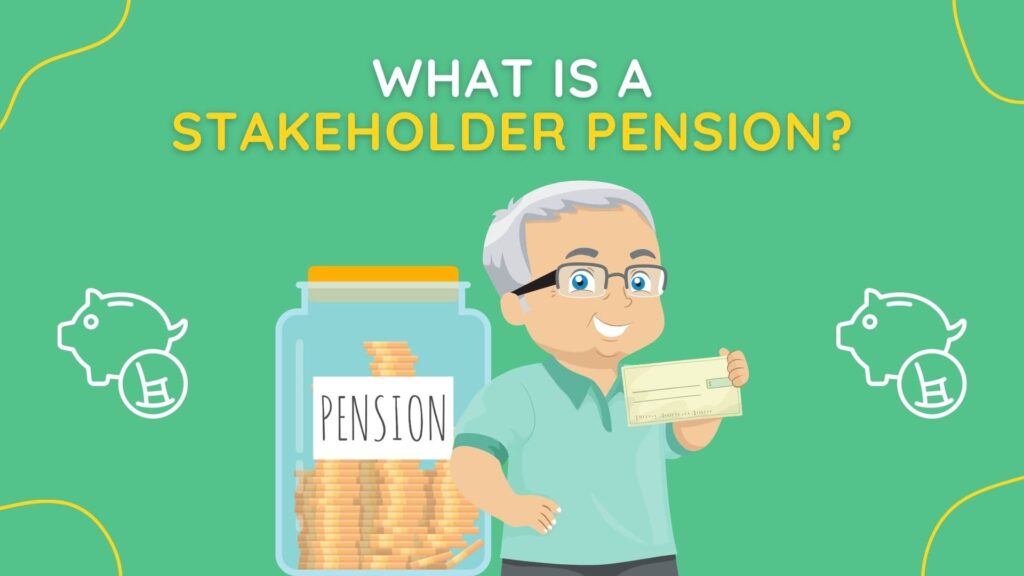
Sammie Ellard-King
I’m Sammie, a money expert and business owner passionate about helping you take control of your wallet. My mission with Up the Gains is to create a safe space to help improve your finances, cut your costs and make you feel good while doing it.
Pensions can be confusing, and it can be easy to avoid looking into them simply because the language and terminology can seem daunting.
But pensions are an important financial investment, so we’re going to take a look at one of them and find out exactly what is a stakeholder pension?
Table of Contents
What is a stakeholder pension in the UK?

A stakeholder pension is an individual pension which is designed to make saving for retirement easy and accessible for everyone.
First introduced by the UK government in 2001 they were designed to encourage more individuals to plan ahead for retirement.
It is a kind of personal pension, but it must abide by certain government regulations in relation to charges and contributions.
For example, PenionBee is a great example of a company that do exactly this.
The main features of a stakeholder pension are:
- It must allow contributions as low as £20 a month
- Allow contributions to be stopped and started as needed without penalties
- Charges must not be over 1.5% of the fund value and after ten years no more than 1%
- Be transferable without charge
- It must have a default fund for your contributions to be invested in if you do not want to choose yourself
How Do Stakeholder Pensions Work?
This is a defined contribution pension which means it consists of your contributions, investment returns and tax relief. Employer contributions are added if it is a workplace pension.
The money paid in is used to create a pot of money. This will then be invested by your stakeholder pension provider who will also manage the fund.
Any income tax relief that is due will also be added to the eligible contributions and this too is invested.
When you come to draw on the pension fund its final value will be determined by the amount that was invested in it and how well the fund performed over time.
How Much Should You Contribute?

Allowances are the maximum amount that you can pay into a pension plan in a single tax year. Currently this is capped at £40,000 or 100% of your qualifying income.
You are allowed to have as many pension plans as you want however the cap applies to all pension plans. It doesn’t mean each one has this limit and is shared across all your pensions.
Once you access your pension the amount that you are allowed to contribute will drop significantly, to £4,000 per tax year. So, you should put off drawing from your pension until you have retired, and you are no longer earning.
If you’re interested in the best pension for the self-employed click here.
Who Can Have A Stakeholder Pension?
Anyone can open a stakeholder pension and make contributions to it. You can be employed, self-employed or even unemployed.
You are allowed to have a stakeholder pension as well as a workplace pension or any other type as long as you don’t exceed the allowances.
Your workplace pension may also be a stakeholder pension, but you can ask your employer to pay their contributions into your existing stakeholder pension if you prefer.
For self employed people it is a good choice as the ability to stop and start contributions without penalty means that if they are unable to work for a while they won’t have to make any payments.
Stakeholder Pension Versus Self-invested Personal Pension
A stakeholder pension is quite different from a self-invested personal pension (SIPP). Below are some key differences:
- Stakeholder pensions are typically invested in a narrow range of funds usually chosen by the provider, although you are given some choice. In a SIPP you are free to choose all the funds to invest in.
- Stakeholder pensions are low maintenance and are simple to administer. An SIPP will need regular attention.
- Higher management fees may be charged for a stakeholder pension than an SIPP.
- Potentially lower growth from a stakeholder pension, although it may carry less risk depending on the assets in a comparable SIPP.
Taking Retirement Benefits From A Stakeholder Pension

Currently you need to wait until you are 55 before you can take any benefits from a stakeholder pension.
From 2028 this rises to the age of 57. When you get to the permitted age you can withdraw 25% of the pension that you’ve accumulated tax free as a lump sum.
The remainder can either be used as an income drawdown or you can buy an annuity which guarantees a fixed income for your retirement. It is also possible to choose both options.
If you are willing to pay the tax charges you can also withdraw the remaining pension pot.
Can You Transfer A Stakeholder Pension?
You can transfer your stakeholder pension without charge and your provider is obliged to allow you to do this. Transferring a stakeholder pension may be done for a number of reasons.
If you change jobs you can move your workplace stakeholder pension to your new employer.
You may decide to move your stakeholder pension into an SIPP in order to take a more active role in its investment.
For those who had multiple pension plans they may want to transfer everything to one pot for convenience.
Or perhaps you want to transfer your pension to a provider with lower charges.
What Happens If You Move Abroad?
If you move abroad before you start accessing your stakeholder pension you have a couple of options. You can stop making contributions to the pension plan and access it at a later date.
At the moment you can start withdrawing from age 55, but soon this will be 57.
The other option is that you continue paying into the stakeholder pension but be aware that the amount of tax relief on your contributions will potentially be limited.
You should request regular updates on your pension if they are not automatically being provided.
When you start accessing your pension you will have the same options as you would in the UK.
In Conclusion
Pensions can be confusing, and it is important that you get it right so that you can provide for your retirement.
If you are unsure how to proceed with your pension we recommend that you seek the advice of a financial adviser.
We hope you now understand what is a stakeholder pension and whether or not you’ll find it useful.
Share on social media
Disclaimer: Content on this page is for informational purposes and does not constitute financial advice. Always do your own research before making a financially related decision.


